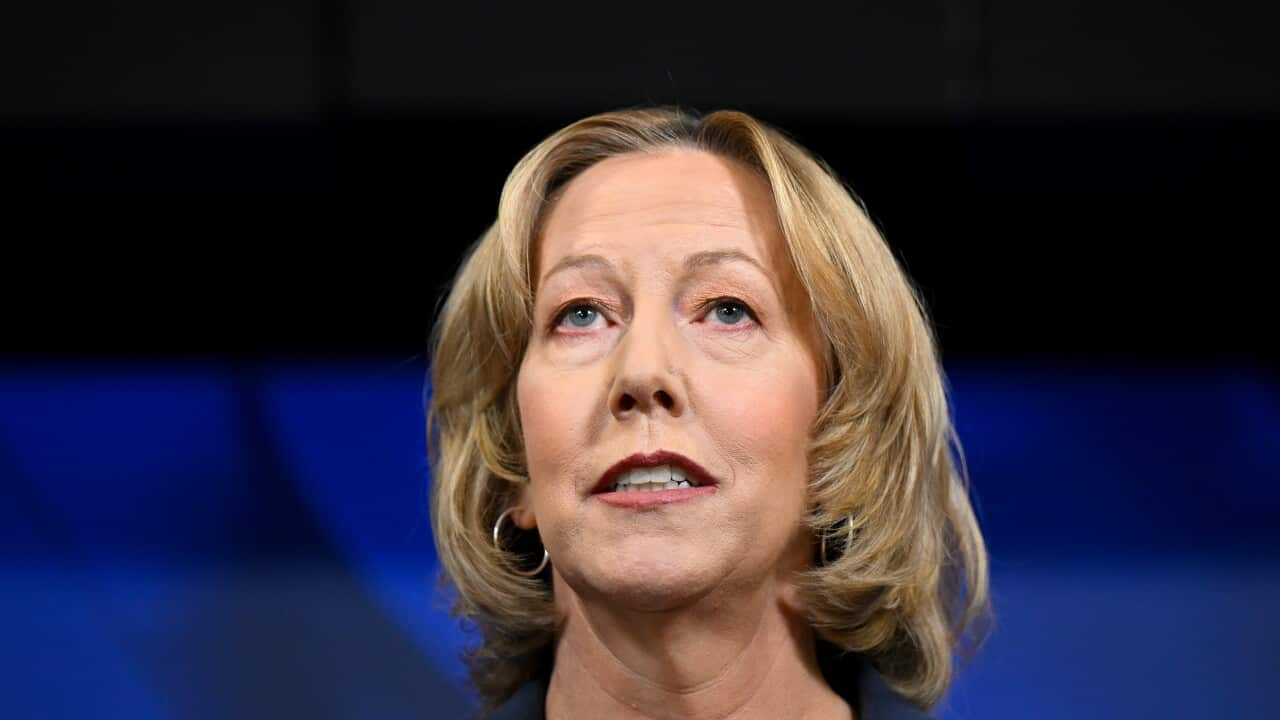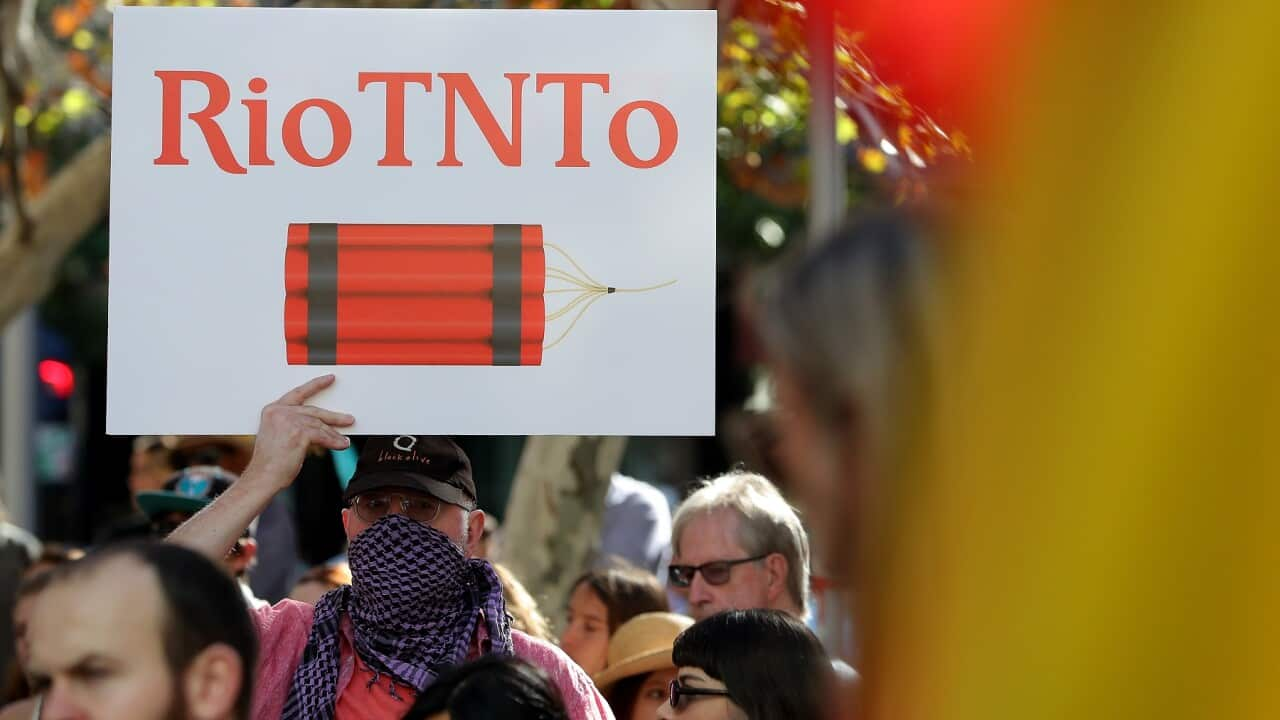KEY POINTS:
- Woodside's chief exceutive says the mining giant backs the Voice.
- But Meg O'Neill won't commit to following the body's advice.
- She admitted the company had moved culturally-significant Indigenous rock art.
The head of one of Australia's mining giants says she supports the Voice to Parliament, but won't commit to following its advice.
Speaking at the National Press Club on Wednesday, Woodside chief executive Meg O’Neill acknowledged the company moved culturally-significant Indigenous rock art in WA during the 1980s, but claimed it was done "in a way that was culturally sensitive at the time".
Advocates have decried the explanation as "deeply offensive" and are demanding Ms O'Neill guarantee 50,000-year-old rock art on the Burrup peninsula, located in sight of a major Woodside operation, won't be damaged if the company expands.
Environment Minister Tanya Plibersek last year approved a fertiliser company's plans to build a plant in the area, which will require the removal of rock art at three sites. The plan had been paused after an outcry from Traditional Owners.
Woodside chief won't commit to following Voice advice
Ms O'Neill insisted Woodside enjoyed a "very strong working relationship" with local Indigenous representatives, and "allowed" traditional custodians to visit the area.
But after declaring Woodside's support for the Voice - labelling it "an important step forward in reconciliation" - Ms O'Neill refused to guarantee the mining giant would follow its advice if it called for operations at the site to be curtailed.
"The Voice is a method for people to communicate to Parliament. I think there's probably room to figure out, or room to work out, how the Voice engages with specific companies around specific activities," she said.
Rio Tinto sparked an outcry in 2020 by destroying sacred sites dating back 46,000 years in the Juukan Gorge, as it cleared the way for mining expansion.
Ms O'Neill claimed Woodside had been on a "journey" since it first began operating in the Pilbara, but did acknowledge the company removed rock art when it arrived at the Burrup peninsula in the 1980s.
"We did it in a way that was culturally sensitive at the time but, in the light of hindsight, it's not something we would repeat," she said.
A report commissioned by Woodside in 2002 reportedly found that included many rocks being damaged by fire, others missing, and some of the most significant artwork turned face down into the dirt.
Ms O'Neill stressed a new gas project in the area - dubbed Pluto Train 2 - will not involve the removal of rock art.
Traditional Owners angered by comments
Save Our Songline spokesperson Raelene Cooper, a Mardudhunera woman, said Woodside had continued to destroy and remove rock art despite "clear" advice from archaeologists and experts on their cultural significance.
While Ms Cooper stressed the significance of Ms O'Neill's admission, which she said was the first time the company had publicly admitted the damage, she demanded the executive guarantee it would not be repeated in the future.
“For Meg O’Neill to describe the destruction of our sacred rock art with bulldozers as culturally appropriate at the time quite frankly beggars belief and is deeply offensive," she said.

The before and after of Juukan Gorge following a legal mining blast conducted by Rio Tinto in Western Australia's Pilbara region in 2020. Source: Supplied / NITV
A Woodside spokesperson said the company would "continue to be guided" by consultation with Indigenous communities.
"We are committed to avoiding future damage or disturbance to cultural heritage and, if avoidance is not possible, we will minimise and mitigate the impacts, in close consultation with First Nation communities and Traditional Custodians," they said.










